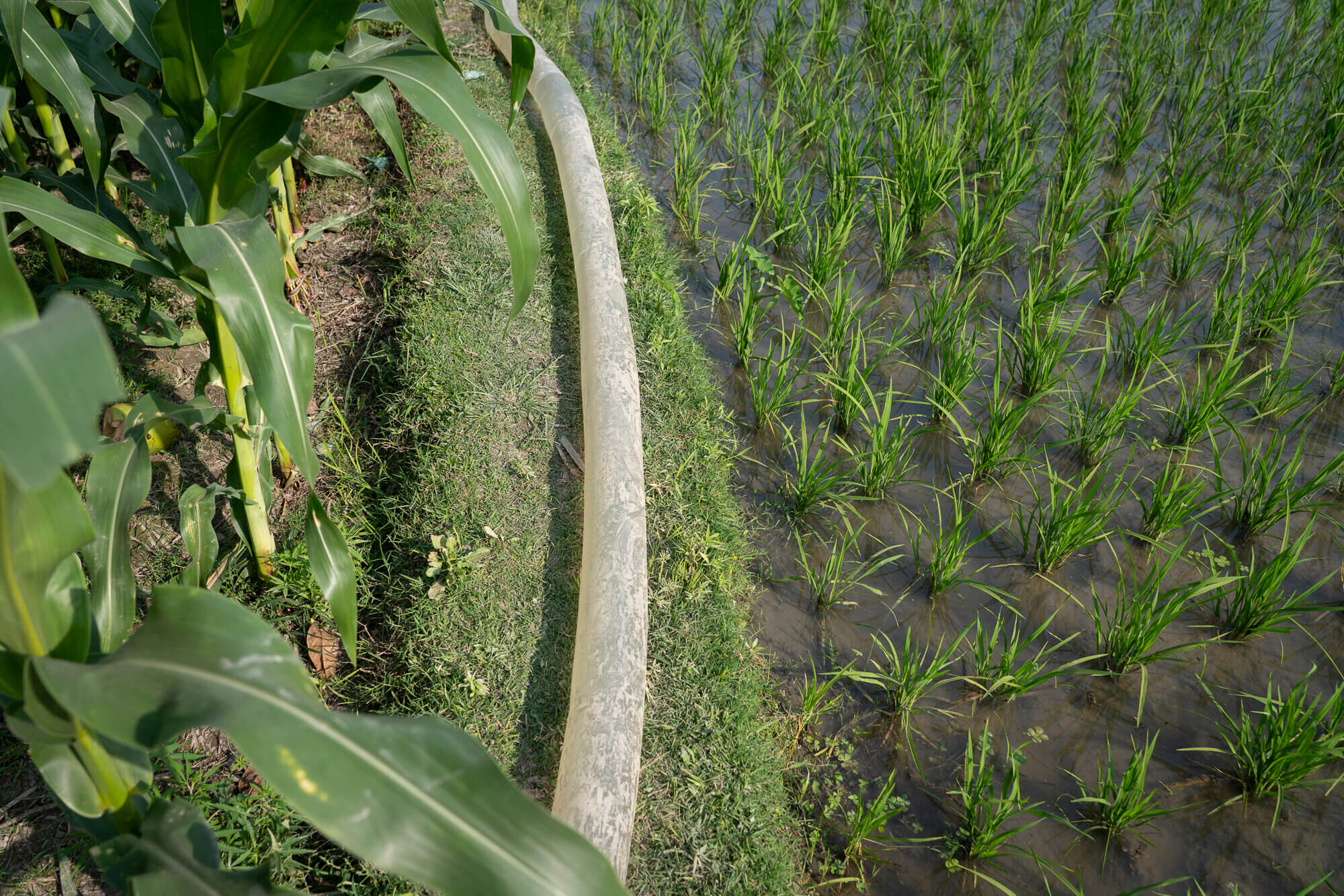Regional impacts of on-farm water savings
There are concerns across the Indo-Gangetic Plains about falling groundwater tables and the implied unsustainable use of groundwater, often attributed to dry season irrigation. The Eastern Gangetic Plains (EGP) has thus far seen less development of dry season irrigation, apart from some areas of northwest Bangladesh. However, increased population and increasing demands for food in the region are likely to see increased intensification of agriculture and more use of irrigation. The obvious concern is that the experience of severe groundwater decline elsewhere in the region will be repeated.
One potential remedy for combatting the unsustainable use of groundwater is to use farm management techniques, including conservation agriculture (CA), which promote water saving. But does this really save water at the regional scale? We combined a literature review and desktop studies in a scoping study to examine this question.
We reviewed knowledge and knowledge gaps on the impact of CA and farm-scale water saving measures on regional hydrology. There is a large body of literature showing the benefits of CA in building up the soil and making crop water use more effective. However, more effective water use at the crop scale does not necessarily translate into water savings at the regional scale. Indeed, more effective use at the farm scale may reduce the cost of irrigation and lead to greater use.
At the farm scale, field case studies in the EGP show that more efficient application of water can result in less water applied, and farm profitability can be improved particularly through the intensification of cropping. From a farmer’s point of view this is more sustainable than a traditional system. Crop water use modelling also indicates that farm profitability can be improved, but more efficient water application does not necessarily reduce crop evapotranspiration. Indeed, increased productivity of a well-managed CA system might lead to greater crop transpiration. For example, in the case of Boro rice, a CA system with no puddling might require greater water application than a traditional Boro system. Again, this leads to questions around the extent to which water saving measures at the farm scale lead to water saving at the regional scale.
In a desk study of the regional water balance in several districts of the EGP, we show that there is a large excess of rain over potential evapotranspiration in the northeastern parts of the region, and the actual evapotranspiration is likely to be close to the potential. Conversely, there is a large deficit of rain to satisfy the evapotranspiration demand in the southwestern parts. This suggests that incentive to save water at the farm scale is likely to be limited in the northeast, but significant in the southwestern parts. Furthermore, the impact of any water saving on the regional hydrology is likely to be more limited in the northeast and greater in the southwest.
Groundwater use and temporal trends in groundwater levels vary across the region. There is considerable use of groundwater in northwestern Bangladesh, and use may have reached a potential maximum. There may be opportunity to use more groundwater in the Terai region of Nepal. However, there are several confounding factors in the interpretation of groundwater trends, including the lack of reliable estimates of groundwater use. We discuss examples of large-scale estimates of evapotranspiration using remote sensing techniques, and show that they could help resolve some of the uncertainties in regional water balances and the interpretation of groundwater trends.
A comprehensive understanding of the EGP’s groundwater resources and their future sustainability linking farm scale activities with the regional or basin scale modelling is needed to underpin sustainable use.
The full report is available here. For more information, contact Dr Mainuddin ([email protected]).
